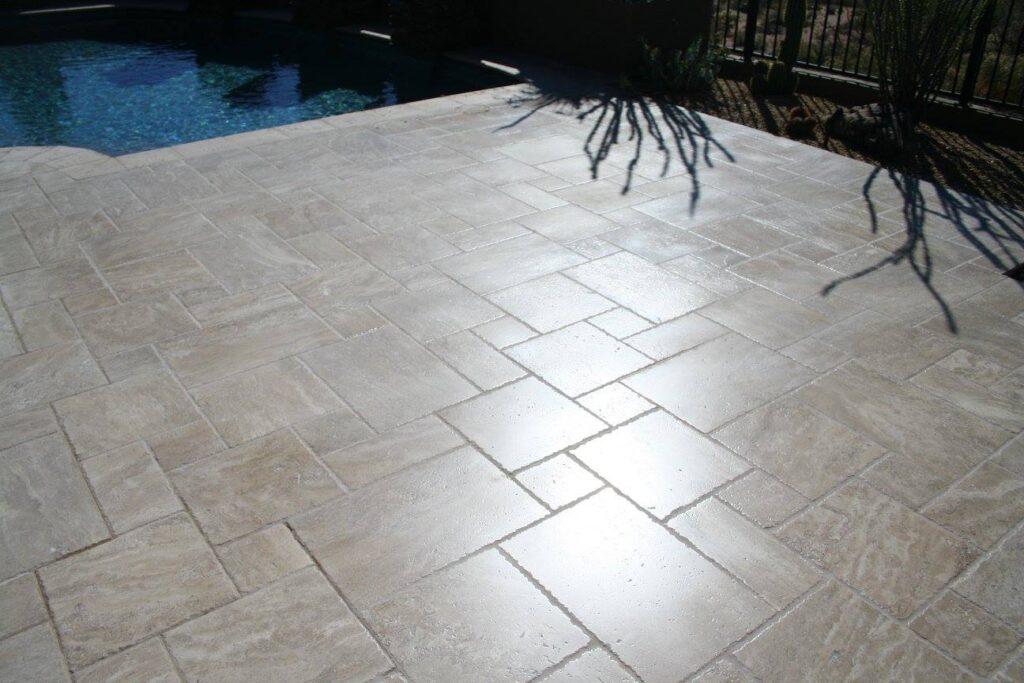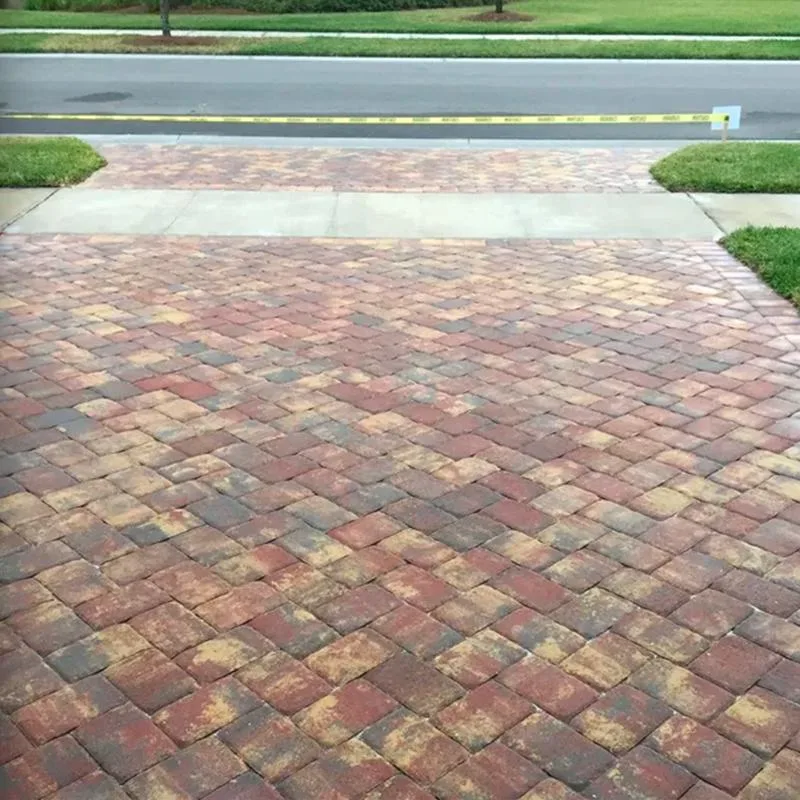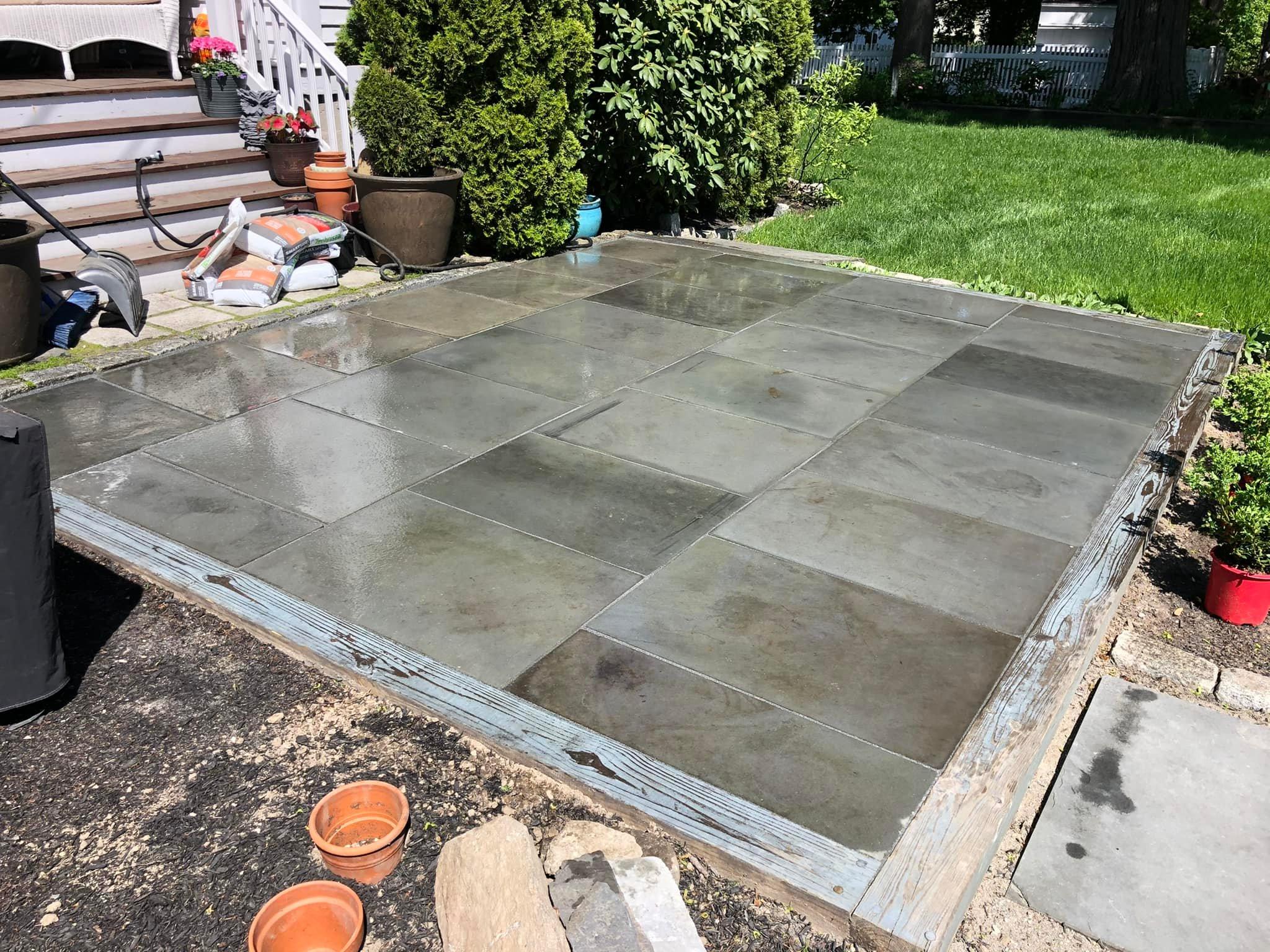Concrete Sealing: Unleashing the Power of Protection and Longevity
Concrete sealing is an essential process for maintaining the durability and longevity of concrete surfaces. Concrete, being a porous material, is prone to damage from moisture, chemicals, and other external factors. Sealing helps in protecting the concrete surface from these damaging elements and preserving its strength and appearance.
The Importance of Concrete Sealing
The importance of concrete sealing is not merely a preventative measure; it is a crucial investment in the lifespan and aesthetics of concrete installations. It provides an impermeable barrier that mitigates the risk of water seepage, which can lead to freeze-thaw damage, disintegration, and efflorescence, enhancing the resilience of the concrete against harsh weather conditions and temperature variations. Additionally, sealing serves to protect concrete from stains, fading, and wear caused by daily use and exposure to harmful chemicals. By maintaining the structural integrity and appearance of concrete surfaces, sealing helps in preserving the value of the property and reduces the need for frequent repairs or replacements.
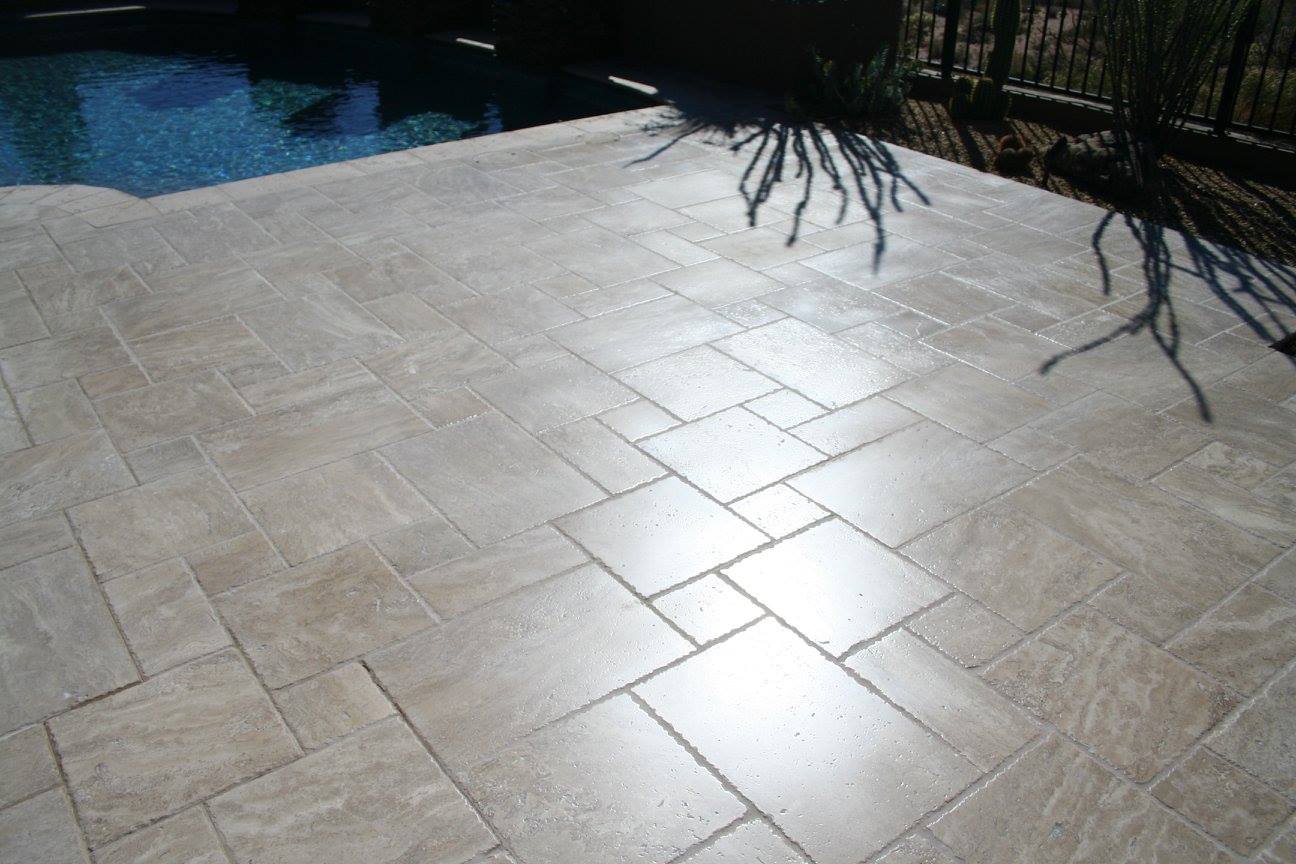
Understanding Concrete’s Natural Vulnerabilities
Concrete, while heralded for its strength and durability, has inherent vulnerabilities that can lead to its degradation over time. Its porous nature makes it susceptible to water absorption, which can be a precursor to a series of detrimental issues. When water penetrates concrete, it can freeze and expand in colder climates, causing cracks and structural compromise. In warmer regions, water absorption can facilitate the growth of mold and mildew, which not only affects the structural integrity but also poses health risks.
The Science of Concrete Sealing
Concrete sealing involves the application of protective coatings that adhere to the concrete surface, forming a protective layer that mitigates damage from external factors. At its core, the science of concrete sealing revolves around the chemistry of sealants that interact with the concrete. These sealants fall into two main categories: penetrating sealers and film-forming sealers. Penetrating sealers are designed to seep into the pores of the concrete, creating a chemical barrier that repels water, oil, and other contaminants, thereby preventing them from permeating the surface. On the other hand, film-forming sealers rest on top of the concrete, forming a durable layer that not only protects against moisture and chemicals but also enhances the visual appeal of the concrete with a glossy or matte finish.
Types of Concrete Sealants
When it comes to choosing an appropriate sealant for concrete surfaces, understanding the variety of options available is crucial. Broadly, concrete sealants can be categorized into two main types: penetrating sealants and film-forming sealants. Each has its unique characteristics and benefits, making them suitable for different applications.
- Penetrating Sealants: These sealants are designed to penetrate the surface of the concrete, filling in the pores and creating a chemical barrier to block out water, oils, and other contaminants. Penetrating sealants are typically made from silicates, silicones, silanes, or siloxanes. They are ideal for use where a natural, matte finish is desired, as they do not significantly alter the appearance of the concrete.
- Film-Forming Sealants: Unlike penetrating sealers, film-forming sealants remain on the surface of the concrete, creating a protective layer that offers a range of finishes from matte to high-gloss. They are excellent for enhancing the color of decorative concrete and providing a barrier against water, chemicals, and abrasion. Film-forming sealants can be further divided into several types, including acrylics, epoxies, and urethanes, each offering different levels of durability, protection, and aesthetic appeal.
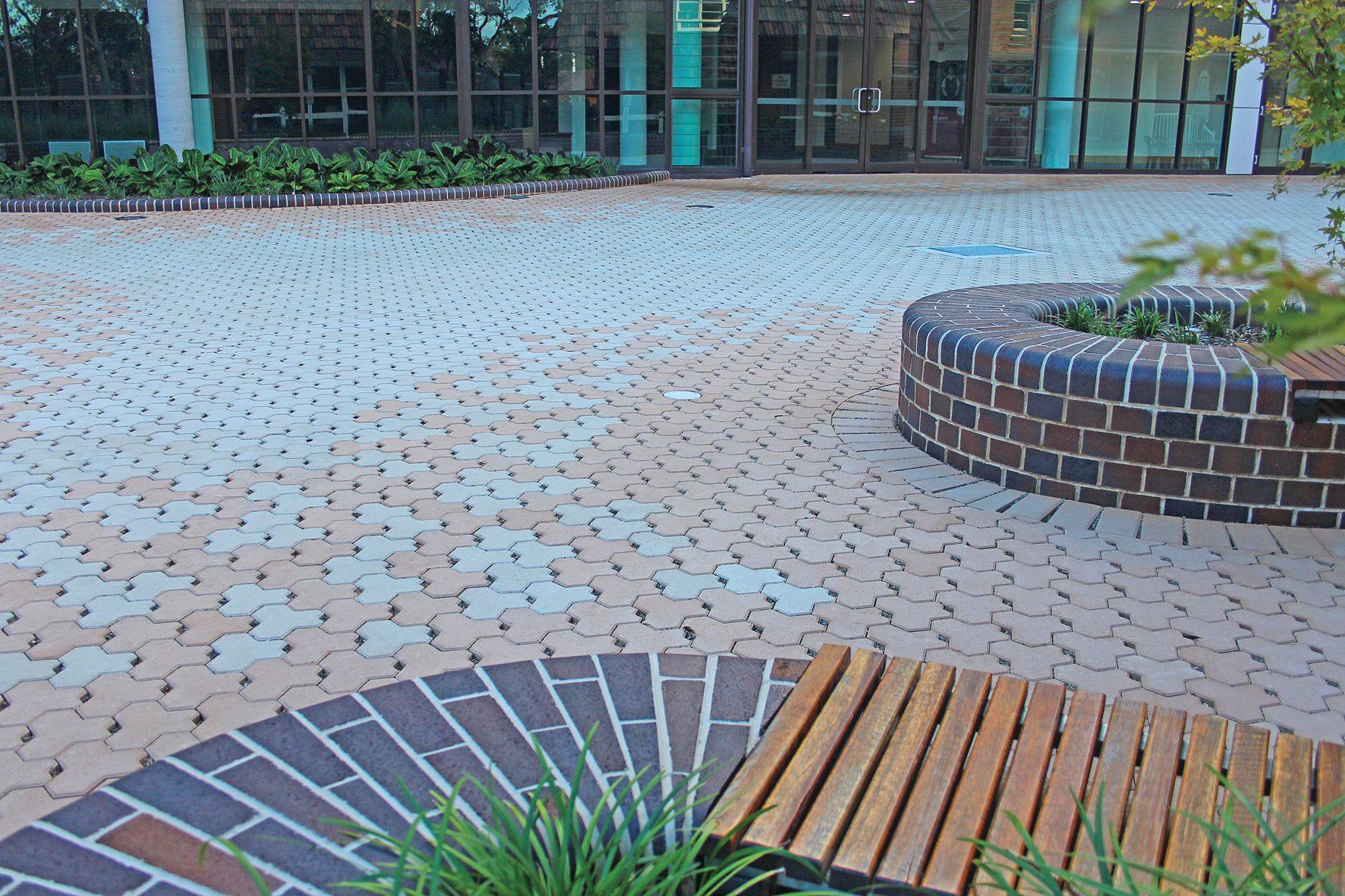
The Benefits of Sealing Your Concrete
Sealing your concrete isn’t just about maintaining its appearance; it’s about maximizing its lifespan and functionality. The benefits of applying a sealant to concrete surfaces are both immediate and long-lasting. Firstly, it significantly enhances the durability of the concrete, protecting it against harsh weather conditions, chemical spills, and the wear and tear of daily traffic. This added layer of protection reduces the risk of cracking, chipping, and other forms of structural damage.
Furthermore, sealed concrete is much easier to clean and maintain, as the sealant creates a smooth, non-porous surface that resists stains and doesn’t harbor mold or mildew. This is particularly valuable in outdoor spaces and industrial environments where the cleanliness and hygiene of the surface are paramount.
Aesthetically, sealing can also rejuvenate the look of concrete by enhancing its color and imparting a uniform finish, whether matte or glossy, based on the type of sealant used. For decorative concrete, this means vibrant colors and textures are preserved for years to come.
Ultimately, the decision to seal concrete is a financially sound one. By extending the life of concrete surfaces and reducing the need for repairs and upkeep, sealing offers substantial long-term savings. In essence, concrete sealing is a preventive measure that ensures the beauty, integrity, and resilience of concrete surfaces over time.
Professional vs. DIY Concrete Sealing
The decision between hiring a professional or tackling concrete sealing as a DIY project hinges on several factors, including expertise, quality, cost, and time. Professional sealing services bring a wealth of experience and specialized equipment to ensure a seamless and durable finish. They can accurately assess the condition of the concrete, recommend the most effective sealant type, and apply it evenly to achieve a professional-grade result. This option is particularly advisable for complex projects or when the concrete is in poor condition and requires extensive prep work.
On the flip side, DIY concrete sealing can be a cost-effective solution for individuals comfortable with hands-on home improvement tasks. It allows homeowners to work at their own pace and control the project’s specifics. However, DIY sealing comes with the responsibility of selecting the right products, properly preparing the surface, and applying the sealant correctly to avoid mishaps, such as uneven coverage or inadequate protection.
Ultimately, the choice between professional and DIY concrete sealing depends on the individual’s confidence in their ability to perform the task, the scope of the project, and the budget. While DIY can offer savings and satisfaction from completing the project oneself, professional sealing guarantees a high-quality finish and the peace of mind that comes with expert craftsmanship.
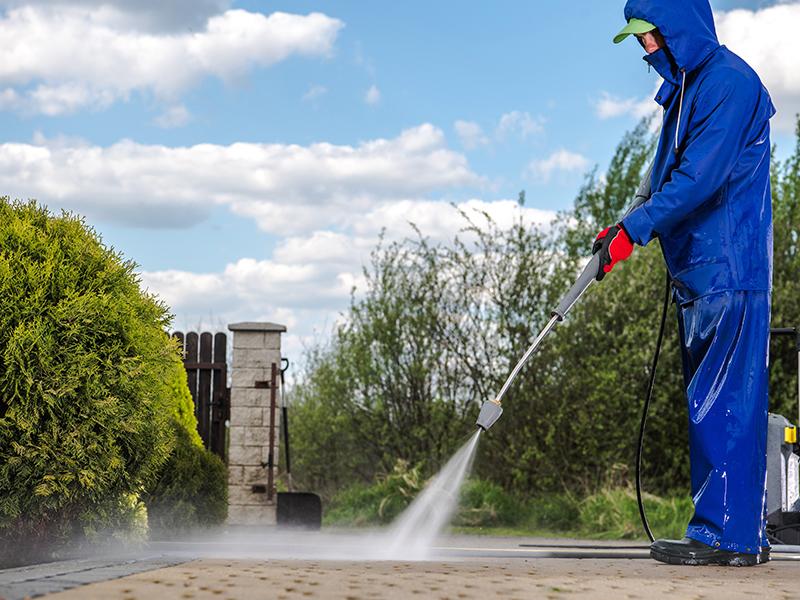
Maintaining Your Sealed Concrete
Maintaining sealed concrete is essential to ensure its longevity and preserve its aesthetic appeal. Regular maintenance not only keeps the concrete looking pristine but also extends the life of the sealant, offering continued protection against environmental elements and wear. Here are key tips for maintaining sealed concrete:
- Routine Cleaning: Keep the surface free of debris, dust, and spills. Gentle sweeping and occasional washing with a mild detergent will prevent dirt accumulation and staining. For outdoor concrete, a pressure washer can be used sparingly to remove tough grime.
- Immediate Spill Cleanup: To prevent stains, immediately wipe up any spills, especially from harsh chemicals or oils. Although sealants provide a barrier against stains, prolonged exposure can lead to discoloration.
- Refrain from Harsh Chemicals: Avoid using abrasive cleaners or harsh chemicals that can degrade the sealant. Opt for pH-neutral cleaning solutions designed for sealed concrete surfaces.
- Regular Inspections: Periodically inspect the surface for signs of wear or sealant breakdown, such as dull areas, visible stains, or water absorption. Early detection of these issues can facilitate timely resealing before significant damage occurs.
- Reapplication of Sealant: The frequency of resealing depends on the type of sealant used, the level of traffic, and exposure to elements. On average, resealing every 2-3 years can maintain optimal protection and appearance. Always follow the manufacturer’s recommendations for your specific sealant.
Conclusion
In wrapping up, the crucial importance of sealing concrete to preserve its strength, beauty, and longevity cannot be overstated. From enhancing the durability of concrete surfaces to facilitating easier maintenance, sealing offers numerous benefits that extend far beyond mere aesthetics. Whether opting for professional services or venturing into a DIY project, the key lies in choosing the right sealant, applying it correctly, and adhering to a regular maintenance schedule. By taking these steps, homeowners and professionals alike can ensure that their concrete surfaces remain in pristine condition for years to come, proving that concrete sealing is a wise investment in the longevity and appeal of your property.
Stingray Sealing Services
https://www.google.com/maps?cid=9420210911153088529
13561 Luxe Ave Apt. 205, Bradenton, FL 34211
(941) 444-0573
https://stingraysealing.com/

